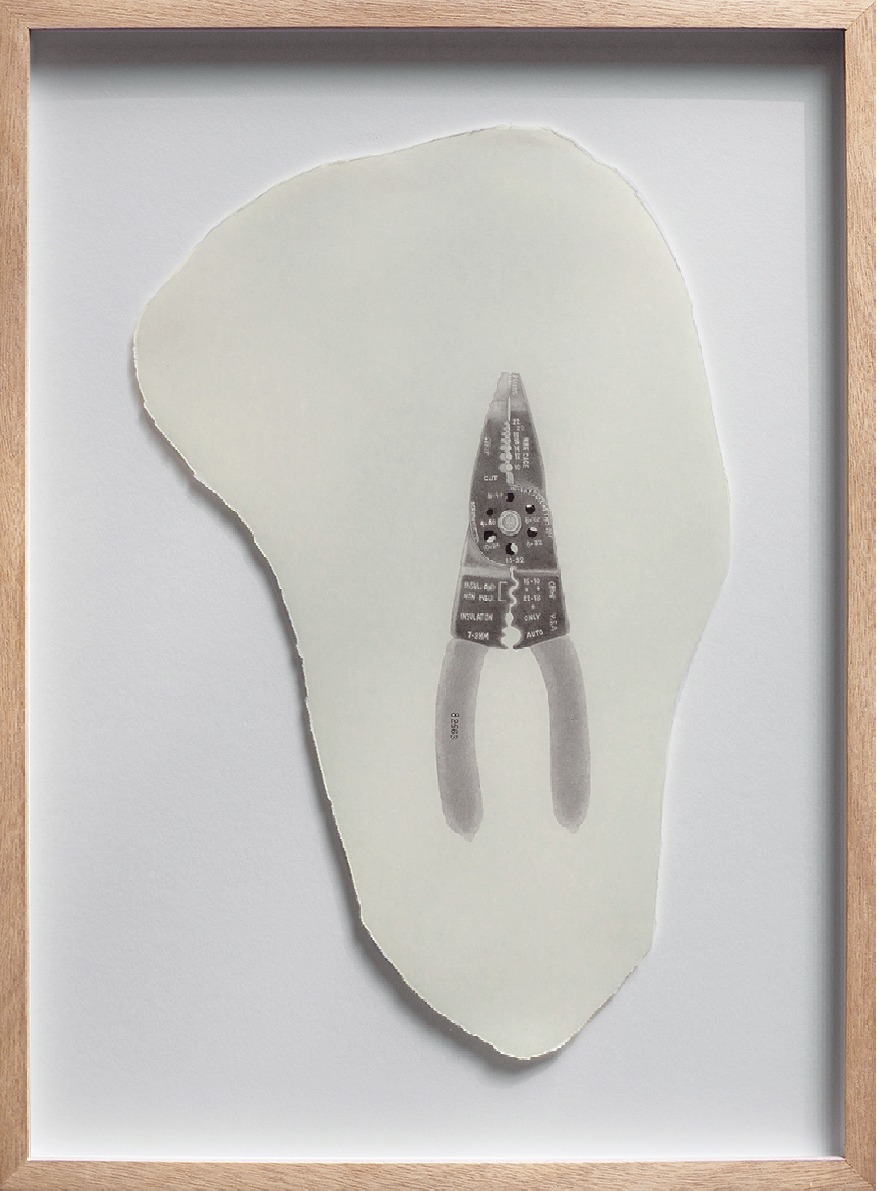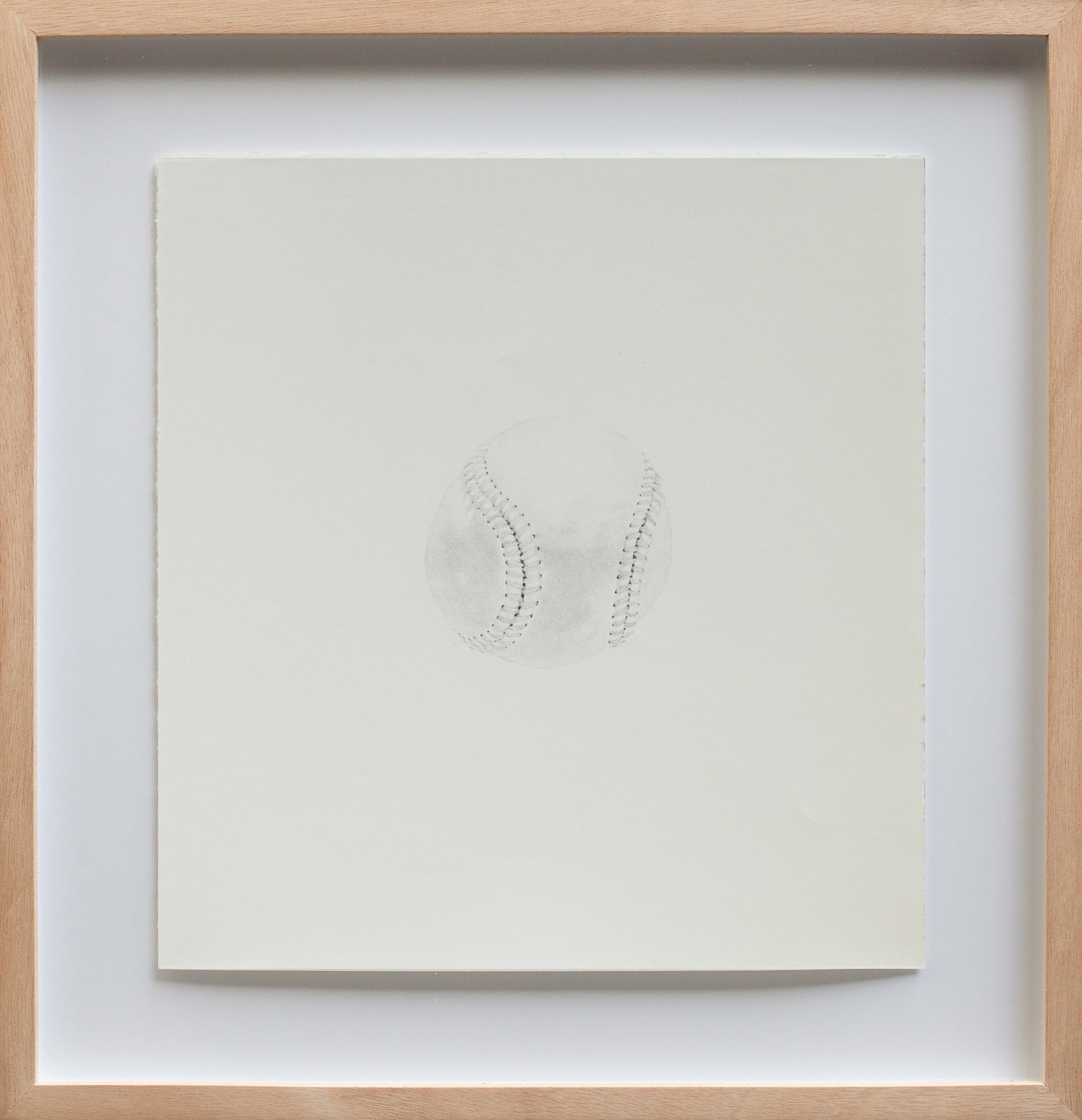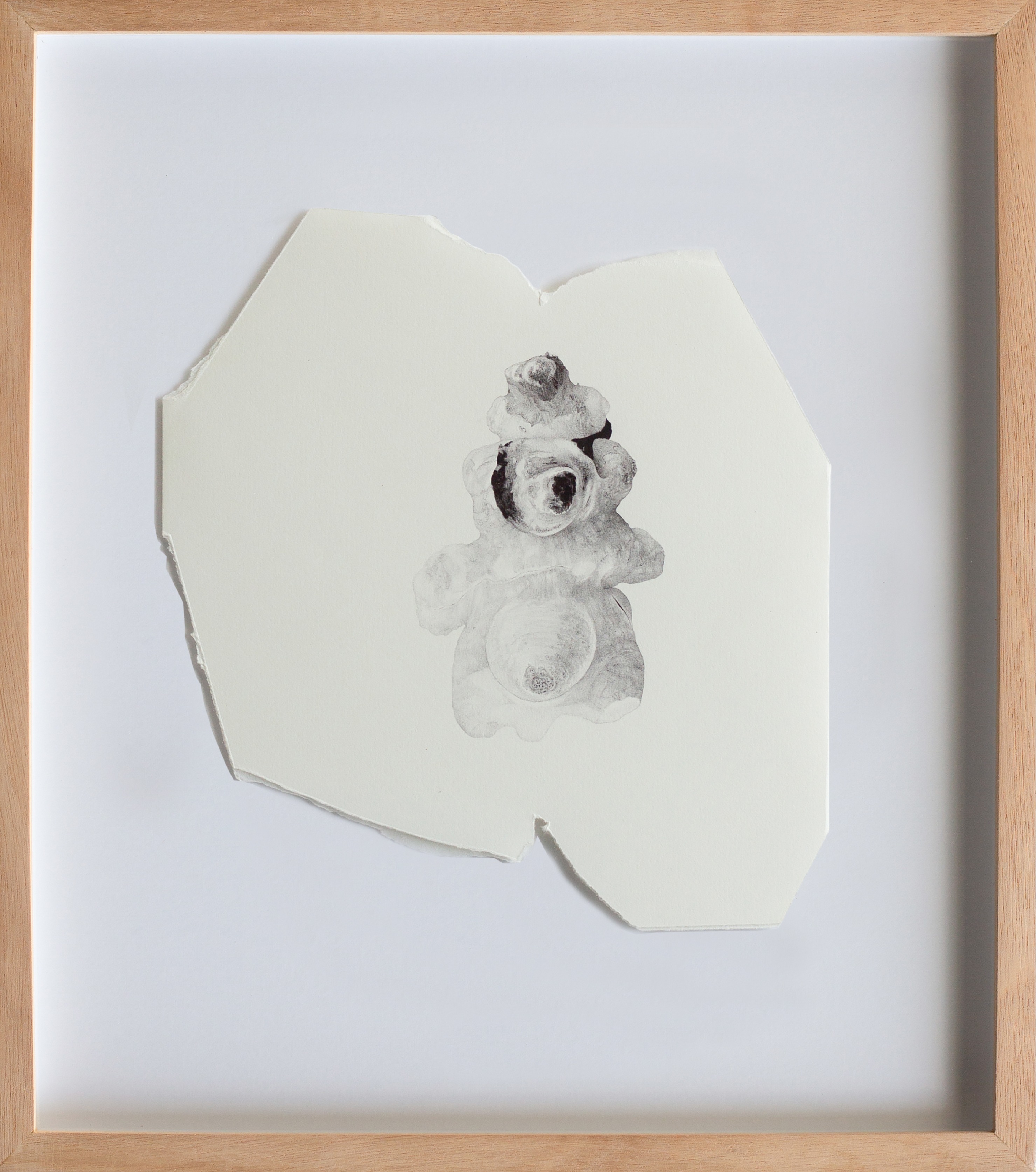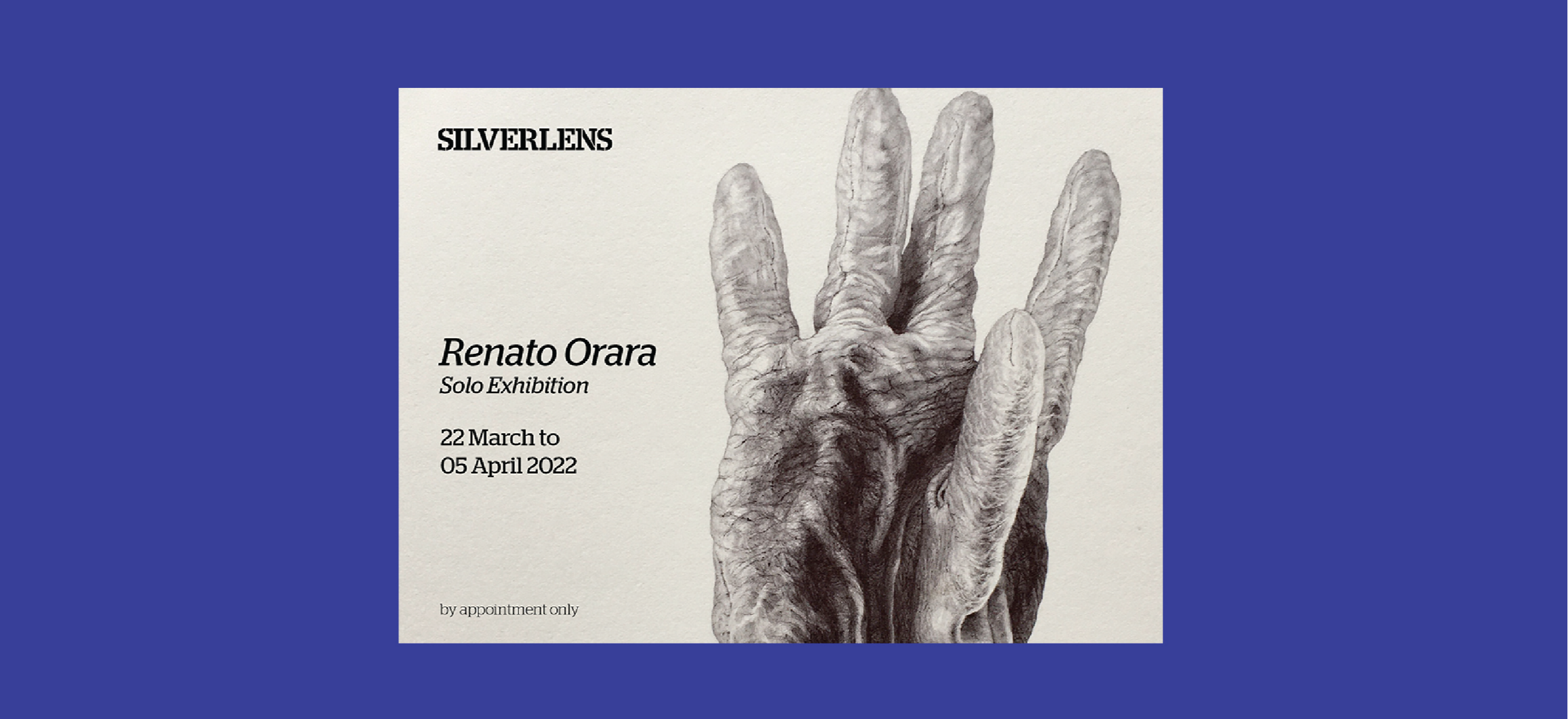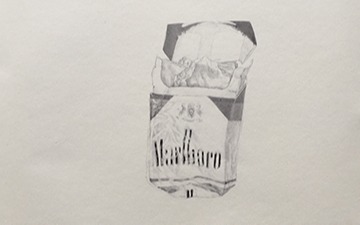
About
Renato Orara’s ongoing series Ten Thousand Things That Breathe, first started in 1989, arrives at a timely moment. The notion of materiality and ‘object authenticity‘ has eroded through two years of the pandemic; with forced social interaction through networked systems and crypto having shifted ideas of reality and value. So it is with delight that we return to Renato’s decades-long series with new works whose act of transfer forces the viewer to reconsider notions of time and reality.
In the series, Renato uses pen and paper and becomes a conduit for the object he is going to transfer, and in a slow, meticulous process, he places ink onto the paper, building up layers to finally achieve the object.
It’s not unlike a 3D printer. However, since the software is the artist’s mind, it allows for ‘slippages’ between the interpretation of the object, changing perspectives, and time. The process can take from hours to months to finish, only starting the next drawing after the current one has been fully ‘transferred.’ This occurs when the work on paper is imbued with presence, becoming the object. Renato breathes life into things.
Upon closer regard there is something unsettling about the pieces in Ten Thousand Things That Breathe. They are not exactly accurate representations of the subjects he chooses. While there is the object depicted on paper, there are also the moments in between—the shifting angles of perspective, the shape of the paper that contains his marks, the density of marks in relation to one another, and the manner in which these marks interact with the negative space. Each piece becomes an object in and of itself.
The idea of the pieces as tactile objects is further reinforced by the asymmetric framing created by tearing the edges of the paper as Renato draws. This brings tension between the rendered object and the artificial environment it exists in. A conversation takes place between the additive process to conjure the object, and the subtractive method of taking parts of its environment away.
It is impossible not to relate this body of work to the process of meditation. For one, Renato, who practiced Zen meditation for years, brings himself to a state where he's forgetting time completely — drawing and staying committed to the present no matter when or where this ‘present’ has gone. Every dot or stroke, every object, every layer, a mantra. Repetitive, rhythmic, but silent like the negative spaces in between. And while objects may have inherent meaning and narratives, Renato says his choice is arbitrary. We are confronted with the meaning and meaninglessness of things, perhaps contradicting, but ultimately interdependent—much like inhaling and exhaling.
By seeing the drawings in person you start to understand that they don’t capture a moment in time, they are objects captured through time. The perspective and lighting subtly shift depending on when Renato was working on them. His devotion to this long, and slow meticulous process allows the idea of time to manifest itself in the work. Not in the way that a photograph captures a fraction of, or a specific point in time, but rather the complex idea of non-linear time. They inhabit the paradox of being a fossil yet still alive. They are a self-portrait of the experience of that object.
— James Clar and Corinne De San Jose
Renato Orara (b. 1961, Philippines) draws discrete objects stripped of context, meaning, and narrative that are the currency of Realism to create vessels of ink and energy that push the mind beyond the limits set by language and concepts.
With conceptual roots that go back to his interventions, performance art, and exhibitions on the streets of Manila in the late 70s, Orara took an eight-year hiatus from art-making to practice Zen meditation. Re-emerging in New York in 1989, he resumed his art, this time taking it up as a discipline that mirrored his practice. He filled the blank pages of a book with commonplace objects, layering them with ballpoint ink until they ceased to be about things.
By 1996 his work, "Ten Thousand Things That Breathe," found their way into alternative spaces in Bangkok, Tokyo, and Manila. In 1998 and 1999 he had his first solo exhibitions in the US at the Palo Alto Cultural Center and at Hosfelt Gallery in California.
His exhibition at the Drawing Center in NYC (2002) paved the way for inclusion in Initial Encounters (2004), a show featuring ten artists selected by Drawing Center curators from a decade of exhibitions at the institution. Both shows ushered in a string of gallery exhibitions in the US (Andrea Rosen Gallery, Nicole Klagsbrun Gallery, Gallery Joe, OSP Gallery, Joseé Bienvenu Gallery, Leo Fortuna Gallery) and other parts of the world (the Travelling Gallery, Dominique Fiat Gallery, Alon Segev Gallery, and Silverlens Gallery).
Over time, Orara re-introduced concepts into his work branching out into the following series: "Drawer Drawings," "Iraq Memorial," "Bookworks," and "Bloodworks." His works are in numerous private and public collections including the Museum of Modern Art, NY, the Museum of Fine Arts in Houston, TX, and Singapore Art Museum.
Installation Views
Works





